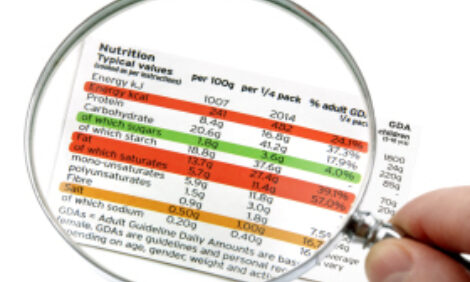



EU milk production to remain stable in 2024 - USDA
Average herd size continues to declineIn 2024, milk production in the European Union (EU) remains relatively unchanged, according to the USDA's most recent World Market and Trade report on dairy.
Improvements in output per cow are largely offset by declines in the dairy herd. The dairy cow population has dropped below 20 million, continuing a trend of declining herd size. This drop is driven by various factors including lower milk prices and elevated production costs. These economic challenges have led to the exit of smaller, less efficient farms from the market, which has reduced overall milk production capacity.
Additionally, environmental regulations and policies are impacting milk production. Initiatives to reduce nitrogen emissions in countries like the Netherlands and Ireland are expected to result in further reductions in herd sizes. These environmental restrictions, combined with challenges in generational renewal—where younger potential farmers are disinclined to take over due to the demanding nature and tight profitability of dairy farming—are contributing to the consolidation of the market. As a result, larger farms are likely to maintain their herd sizes better than smaller farms, which could help regulate the reduction in cow numbers.
The profitability of milk production has been declining since early 2023, with farm-gate milk prices dropping while production costs for inputs remaining high. This squeeze on margins is affecting farmers' decisions to continue milk production, further accelerating the decline in cow numbers. There was a temporary increase in milk deliveries in early 2024, but these gains are not expected to sustain throughout the year as farmers who postponed exiting the industry in 2023 are likely to do so in 2024.
In 2024, the spring season saw favorable weather in most parts of Europe, with warm temperatures and adequate rainfall, which benefited pasture conditions and green feed availability. However, some regions like northwestern Europe experienced excessive rainfall that hindered field access and grassland re-growth, particularly in countries like Ireland where pasture-based systems predominate.



